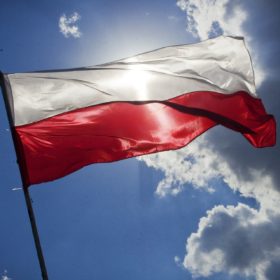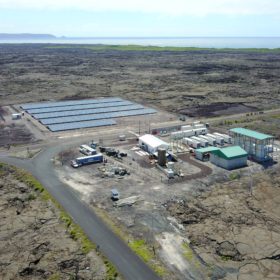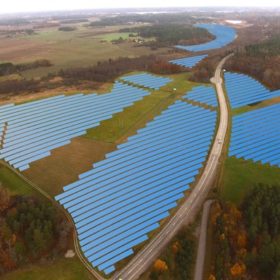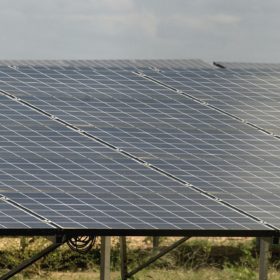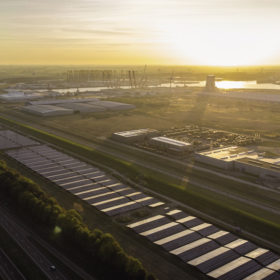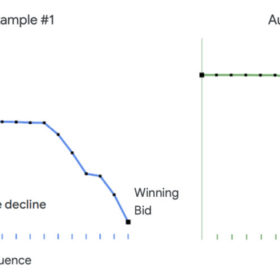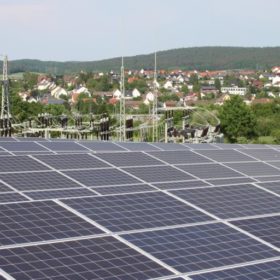Poland tops 1 GW of solar
Grid operator Polskie Sieci Elektroenergetyczne has published figures demonstrating the country had 1,007.2 MW of solar at the end of September, with 600 MW of new PV coming online in the first nine months of the year. The Polish government expects total capacity to reach 1.3 GW this year.
Solar-plus-storage vs grid enhancement part V
A project on Isabela Island in Ecuador’s Galapagos archipelago has given its 3,500 inhabitants energy generated by local resources, including plant oil produced on the continent. Preferable to a logistically challenging and hyper expensive extension of the mainland grid, if the $13 million island system were installed today, it would be cheaper than when it was contracted four years ago.
Swedish cooperative goes solar
A 20 MW solar park is planned near a Stockholm highway to generate power for a tenants association. The project is expected to generate cheaper power than grid electricity and will also trade clean energy certificates on the Swedish-Norwegian market.
Brazilian regulator wants to reduce net metering credit and introduce grid fee
Electricity regulator ANEEL has proposed applying a fee for solar systems with up to 5 MW of generation capacity and reducing energy payments for participants in the nation’s net metering program.
Netherlands to reach 27 GW of solar by 2030
The Netherlands Environmental Assessment Agency expects the nation’s solar generation capacity to have increased by another 5 GW by the end of next year, from around 4.4 GW at the end of 2018. By the end of 2023, installed PV capacity is predicted to reach approximately 15 GW.
South Korea’s 2.1 GW floating solar project overcomes first hurdle
The Korean Ministry of Defense has said the huge project will not interfere with the flight operations of U.S. forces stationed in a base near Saemangeum, an estuarine tidal flat on the coast of the Yellow Sea where the plant would be deployed.
Solar to get largest share in Slovakian ‘renewables’ auctions
PV is expected to claim 44% of the clean energy capacity needed to generate 2.4 TWh of electricity in the next two years but potentially gas driven co-generation is also set for big gains. The Ministry of Economy could announce the first auction this year. Energy company Slovenský plynárenský priemysel will be the off-taker.
Hungary launches first renewables auction and tops 1.1 GW of solar
The EU member state added 418 MW of new solar in the first six months of the year and its energy regulator expects another 1.4 GW in the years ahead, as a result of the METAR incentives scheme introduced in 2017. The regulator has also announced a pilot renewables auction with the results expected early next year.
Google’s reverse auctions net 1.2 GW of renewables in 60 minutes
Google pre-qualified bidders and used reverse auctions to obtain the lowest price for renewable energy. Reverse auctions for corporate purchases could potentially benefit solar developers, if their transparency and simplicity can influence more corporations to procure green power.
Germany added 2.9 GW of solar in nine months
In September, PV systems with a total generation capacity of 287 MW were registered in the country. The feed-in tariff has fallen again for this quarter as a result of the new capacity additions.
